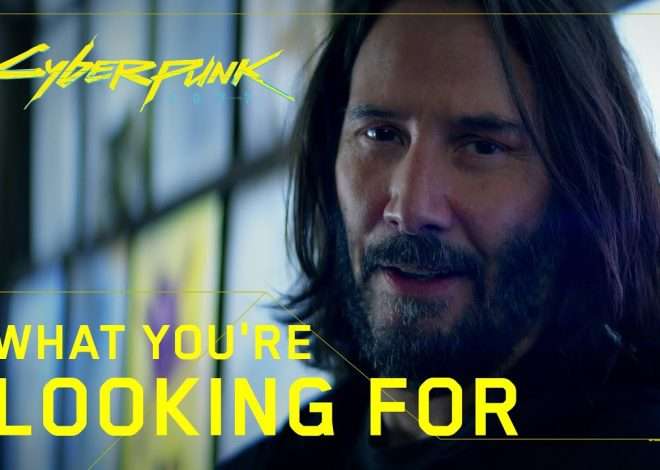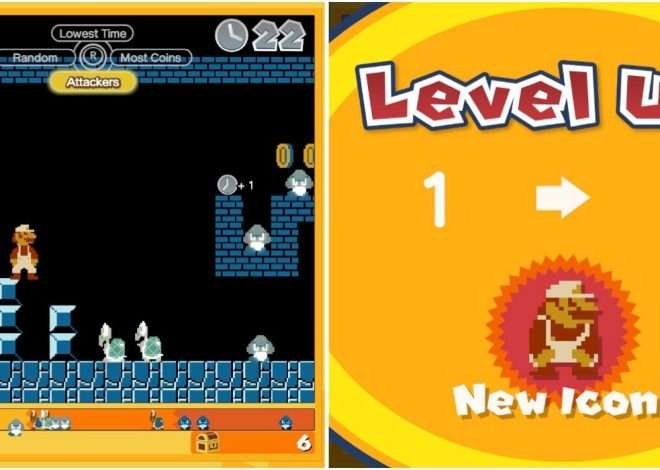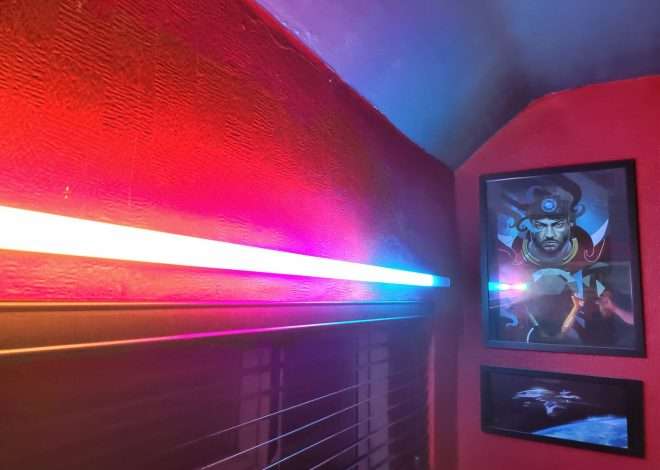Why Resident Evil 7 Cut Its Terrifying Beginning Hour Demo
Capcom’s Resident Evil 7: biohazard launched to critical acclaim, a triumphant return to form for the long-running survival horror franchise. However, one element notably absent from the final release was the chilling “Beginning Hour” demo, a pre-release experience that captivated players worldwide. This incredibly effective piece of marketing generated immense hype. Its unsettling atmosphere and unique gameplay mechanics left a lasting impression. Why, then, was this seemingly perfect introduction omitted from the full game?
The Allure of the “Beginning Hour”
The “Beginning Hour” demo wasn’t just a simple playable trailer; it was a meticulously crafted experience designed to showcase the game’s terrifying atmosphere and innovative first-person perspective. It introduced players to the unsettling Baker family and the dilapidated mansion that would become their terrifying playground. The limited scope focused on atmosphere and suspense, cleverly using sound design and environmental storytelling to build tension. Players navigated a confined space, solving puzzles and avoiding the unsettling presence of the family members. This strategic approach created a palpable sense of dread, leaving players desperate for more.
A Technical Masterclass in Terror
Beyond the narrative hook, the “Beginning Hour” demo served as a technical showcase. It demonstrated Capcom’s RE Engine’s capabilities in rendering realistic environments and creating truly immersive horror. The detailed textures, realistic lighting, and impressive sound design all contributed to the demo’s success. This technical prowess wasn’t merely for show; it foreshadowed the high-quality visuals and immersive gameplay that the final game would deliver. The demo showcased the engine’s potential to create genuinely unsettling spaces.
Why the Cut? Development Decisions and Design Choices
The omission of the “Beginning Hour” from the final game wasn’t due to any technical limitations. Instead, it stemmed from a series of deliberate design choices and development priorities. The developers at Capcom likely felt the demo’s isolated setting and limited gameplay loop didn’t quite align with the broader scope and interconnected narrative of the full game. The demo’s claustrophobic atmosphere, while effective on its own, might have felt out of place in the larger context of the final product.
A Different Kind of Horror
The “Beginning Hour” focused intensely on psychological horror, utilizing limited resources and environmental storytelling to maximize its impact. The full game, however, expanded the scope to include action sequences and a more complex narrative structure. Including the demo might have disrupted the pacing and overall tone of the complete experience. It’s a testament to the developers’ commitment to a cohesive narrative. Integrating the demo would have required extensive restructuring.
Furthermore, the limited scope of the demo meant it featured only a small portion of the mansion and a limited set of enemies. Including it unaltered would have felt like a jarring repetition for those who played the demo. To incorporate the “Beginning Hour” seamlessly would have required a significant overhaul of the demo’s design and integration into the main game’s storyline. This would have necessitated a considerable expenditure of time and resources, potentially delaying the final game’s release.
The Legacy of the “Beginning Hour”
Despite its absence in the final game, the “Beginning Hour” demo undeniably played a crucial role in Resident Evil 7’s success. It served as a powerful marketing tool, generating significant buzz and excitement amongst fans and newcomers alike. The overwhelmingly positive response fueled anticipation for the release. Many players consider it one of the most effective horror demos ever created. Its impact resonates even now.
- Heightened Anticipation: The demo successfully generated immense pre-release hype.
- Showcase of the RE Engine: It showcased the graphical fidelity and immersive capabilities of Capcom’s new engine.
- Successful Marketing Strategy: The demo proved to be a highly effective marketing campaign, driving sales of the final game.
The demo’s success wasn’t just about its scary atmosphere; it also demonstrated Capcom’s willingness to experiment and innovate. They took a risk with the first-person perspective and a more grounded, psychological horror approach. This decision paid off handsomely, proving the effectiveness of their marketing strategy and ultimately leading to the critically acclaimed Resident Evil 7.
A Case Study in Demo Design and Marketing
The “Beginning Hour” offers valuable lessons for game developers. It highlights the importance of creating high-quality demos that effectively showcase the game’s core mechanics and atmosphere without revealing too much of the story. It also underscores the power of effective marketing, particularly in the genre of survival horror. The demo’s chilling atmosphere left a lasting impression on players.
Furthermore, it provides a compelling case study in the balance between pre-release hype and maintaining the integrity of the final product. While the demo’s absence from the final game was a disappointment for some, it highlights the difficult decisions game developers face in balancing the excitement of a demo with the coherence of the finished product. It underscores the intricate process of game development and the strategic choices behind pre-release marketing.
Lessons Learned
- Strategic Demo Design: A good demo should showcase core gameplay elements and atmosphere without spoiling the story.
- Effective Marketing: A well-crafted demo can generate significant pre-release hype and anticipation.
- Balancing Hype and Integrity: Developers must carefully balance the desire to generate excitement with the need to maintain the integrity of the final product.
- The Power of Atmosphere: A truly effective horror game relies heavily on atmosphere and psychological tension.



